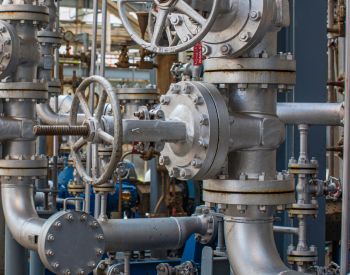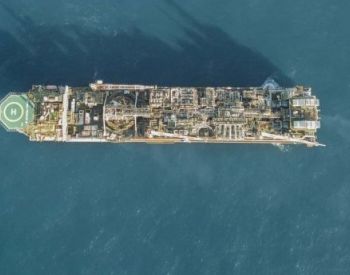Client
Due to commercial interests the client has requested to remain anonymous.
Asset type
A 25-year-old tanker-converted Floating Production, Storage and Offloading (FPSO) vessel operating in the Central North Sea area of the UK Continental Shelf.
Result
A net reduction in maintenance time of 50% for the tasks studied. Net reduction of 400 hours per year, recurring, allowing focus to be given to tackling a backlog of instrument maintenance and issues associated with an ageing asset.
Client challenge
On initial engagement the client presented to Vysus Group a list of problematic maintenance issues. These were:
- the proportion of Safety and Environmentally Critical work was thought to be too high
- overall, too much work was being generated by the Computerised Maintenance Management System (CMMS)
- work activities were duplicated
- some common work activities were not value-adding
- the quality of the specific Work Instructions could be improved
These types of issues were not unique to this particular client. Indeed, they are commonplace symptoms experienced by many operators. More generally, the best-intentions and efforts during the development of the initial maintenance programme some 10, 20, 30-years previously can be lost through time, with multiple changes enacted through the asset’s life; changes that may not have been well-reflected in the maintenance
programme.
Many factors such as modifications, process changes, changes to the installed equipment technology, advancements in testing and inspection techniques, amendments to performance standards, etc. can all culminate in a state where there are known and unknown errors, inefficiencies and risk. In some circumstances uncontrolled workarounds can become the norm; technicians can utilise in parallel their own handy checklists, procedures, technical data and diagrams.
In times-of-plenty these inefficiencies may have been tolerated but when maintenance costs come under scrutiny, as a large slice of facility OPEX, something needs to be done to redress the balance.
The decision to invest in a maintenance optimisation review, whatever the scale or scope, is one that can be taken at any point in an asset’s lifecycle: from preparing first start-up, throughout the operating phase (including modifications or renewal programmes) and into late-life; Vysus Group has experience of working with Clients and assets at all of these stages.
How we helped
Through a comprehensive, structured review and analysis of field instrument failures, a picture of reliability performance was developed. The study covered the following types of field devices:
- Switch - Flow
- Switch - Level
- Switch - Pressure
- Switch - Temperature
- Transmitter - Flow - Magnetic
- Transmitter - Flow - Pressure
- Transmitter - Flow - Turbine
- Transmitter - Flow - Ultrasonic
- Transmitter - Flow - Variable Area
- Transmitter - Flow - Vortex
- Transmitter - Level - Electropnuematic
- Transmitter - Level - Nucleonic
- Transmitter - Level - Pressure
- Transmitter - Level - Radar
- Transmitter - Level - Ship Tank Magnet
- Transmitter - Level - Ship Tank Radar
- Transmitter - Pressure
- Transmitter - Temperature
Taking into account the different types of failure: those that presented as evident to the operation and those that were hidden in nature (not detected during normal crew operations) a revised testing strategy was developed for each type of field device. The test intervals also incorporated a confidence interval that assumed a degree of error in the narrative reporting within the CMMS.
The study covered non-safety devices and did not include Safety Instrumented Systems. However, a number of
instruments were re-categorised as a result of the review as they were wrongly designated as having a safety related function.
Also presented were a number of repeated failures associated with specific field instruments. Some of these ‘bad actors’ covered issues that were known to our client and engineering changes were already in the pipeline, to switch to a different sensing technology. The other bad actors that were identified were new discoveries and would lead to further root-cause analysis of the failures being conducted.
The scope of work was delivered by a small set of our highly experienced, multi-disciplinary reliability and maintenance consultants. At the core of the project was the gathering of equipment reliability data - sourced from the client’s own operating history and benchmarked with published industry data and our own data bank.
Powerful results
The project identified changes totalling an annual reduction of more than 400 maintenance hours for a single production asset. This translated to a recurring, year-on-year >50% reduction in OPEX of £83k for the tasks studied, with the potential to roll-out the strategy across the fleet.
Taking steps to review what plant maintenance is being done and the periodicity of those tasks is a valuable step – the results are usually a blend of opportunities to reduce risk in a balanced, justified manner by filling gaps, addressing over maintenance and cutting non-value-adding work.400
The project identified changes totalling an annual reduction of more than 400 maintenance hours for a single production asset.


